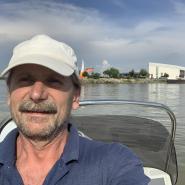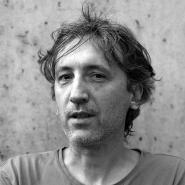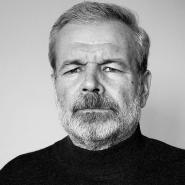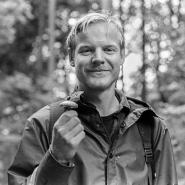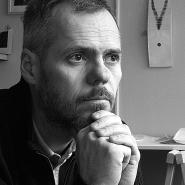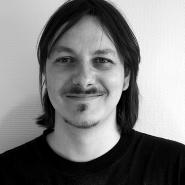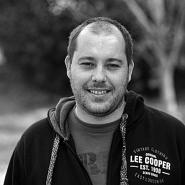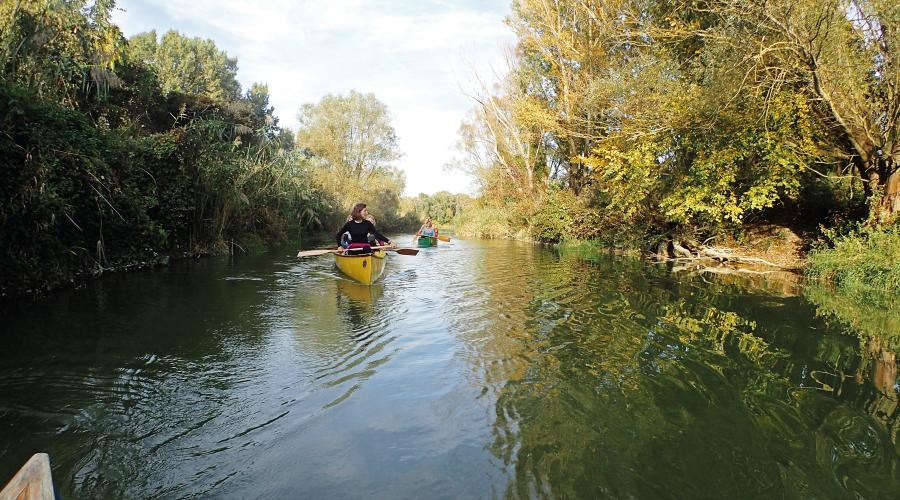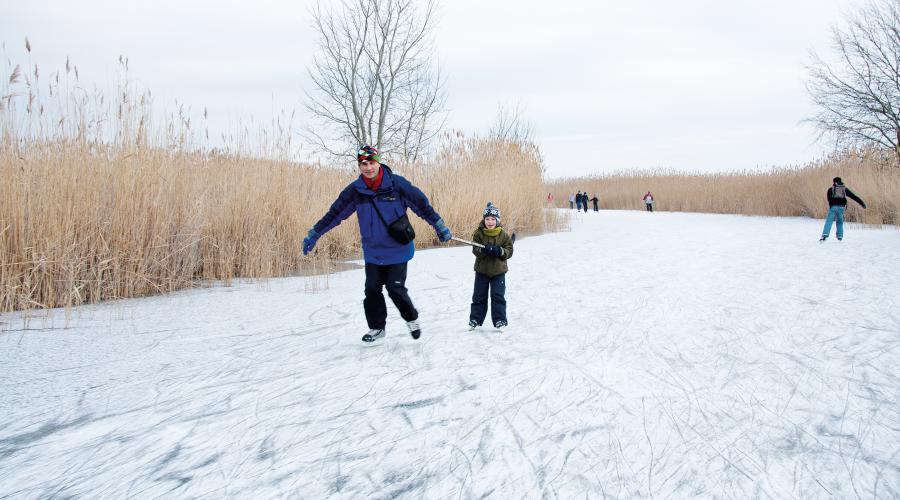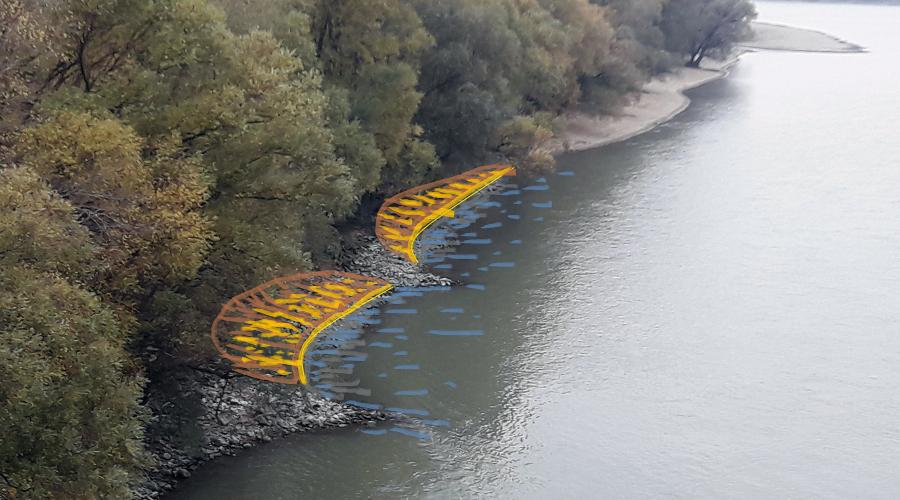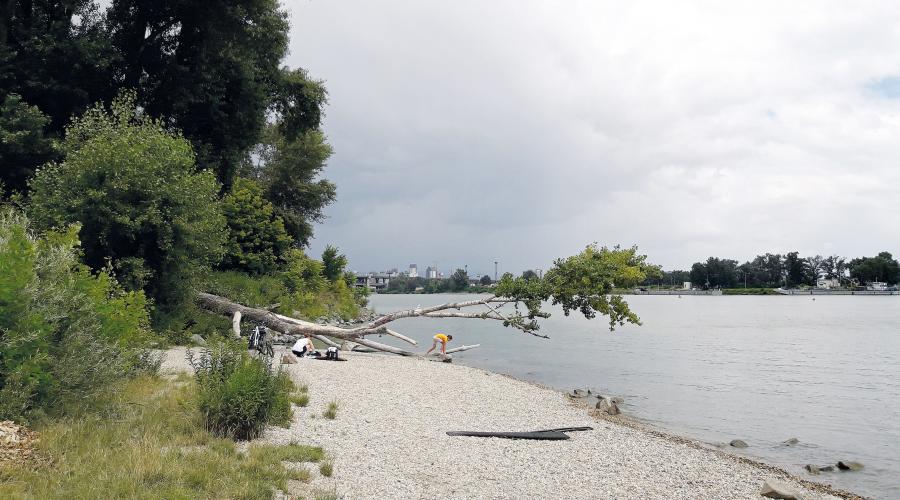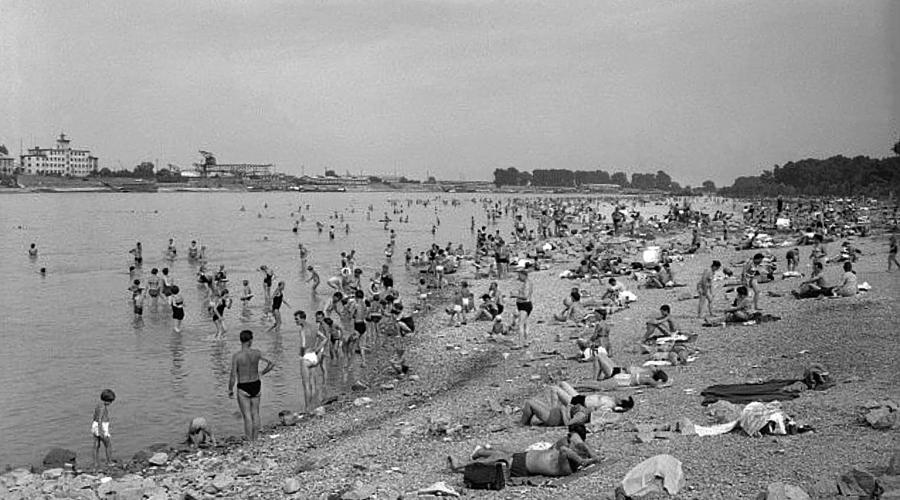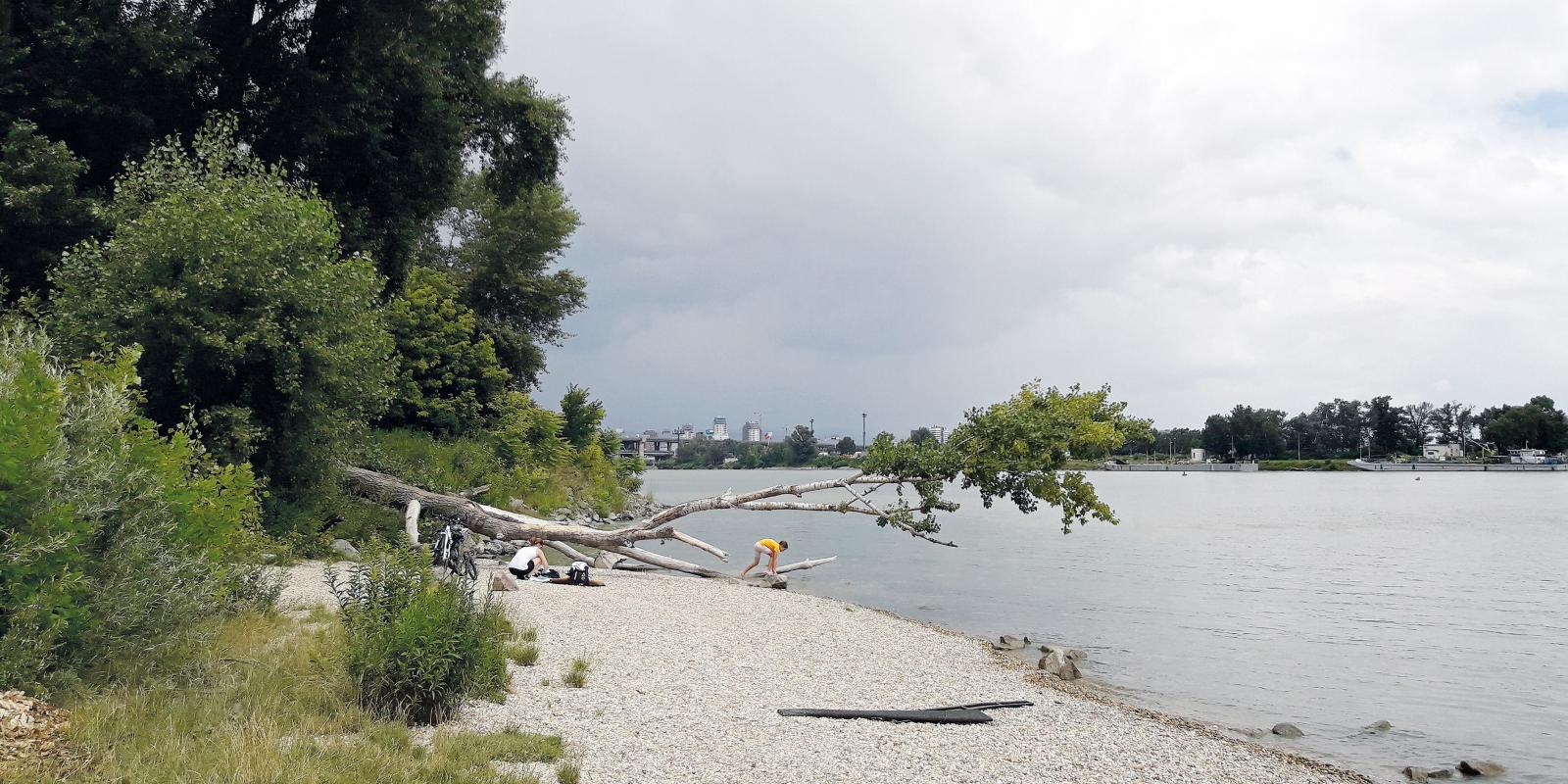
Once a natural river system, the Danube River in Bratislava has been severely degraded by decades of urban development and river engineering, damaging its natural ecosystems.
The Bratislava Danube Park project was initiated to reverse this decline and restore the river to its central role within the city by restoring the area's natural environment, providing recreational and educational activities, guiding future sustainable development and ensuring climate resilience.
Rationale
The natural character of the Danube River in Bratislava - once a dynamic system of channels, islands, and floodplains, has been severely degraded. Decades of human activities for inland navigation, flood protection and hydropower, combined with urban expansion and development have disconnected the river from its floodplain, destroyed habitats and eliminated valuable recreational areas.
As a core element of Bratislava's identity, the Danube holds immense potential for the city's future. Revitalization is key to enhancing quality of life, supporting sustainable recreation, and strengthening urban climate resilience. The Bratislava Danube Park project aims to initiate this positive transformation, re-establishing the river as a living centerpiece for the city.
Strategy
The primary goal is to establish the Bratislava Danube Park - a continuous, accessible and healthy river ecosystem.
This strategy initiates a fundamental shift from viewing the river as an engineered channel to seeing it as a living ecosystem integrated with the city. For residents and visitors, it provides an enlarged natural area for recreation and educational activities. For Bratislava, it strengthens its green infrastructure, contributes to climate change adaptation, improves flood management, and restores the Danube as a central feature of the city's identity.
The project directly contributes to achieving the objectives of the EU Water Framework Directive.
Methods
The methods are guided by a multidisciplinary approach, integrating expertise from river engineering, ecology, architecture, nature conservation and tourism.
A key method is to create a modular set of projects within the river and inland that can be easily implemented together or separately, allowing for flexible and phased realization. The Urban and Landscape study developed in collaboration with Metropolitan Institute of Bratislava divides the area of Bratislava Danube Park in 22 distinct segments, mapping and proposing specific measures, while also analyzing land ownership, existing infrastructure and protected areas.
The activities include:
- Developing the knowledge base by preparing expert analyses and studies.
- Engaging the community through lectures, excursions, and educational events to highlight the river's benefits.
- Securing resources for on-the-ground work by preparing projects and applying for grants.
- Acting as an expert voice by providing feedback on stakeholder activities that could impact the river's future.
